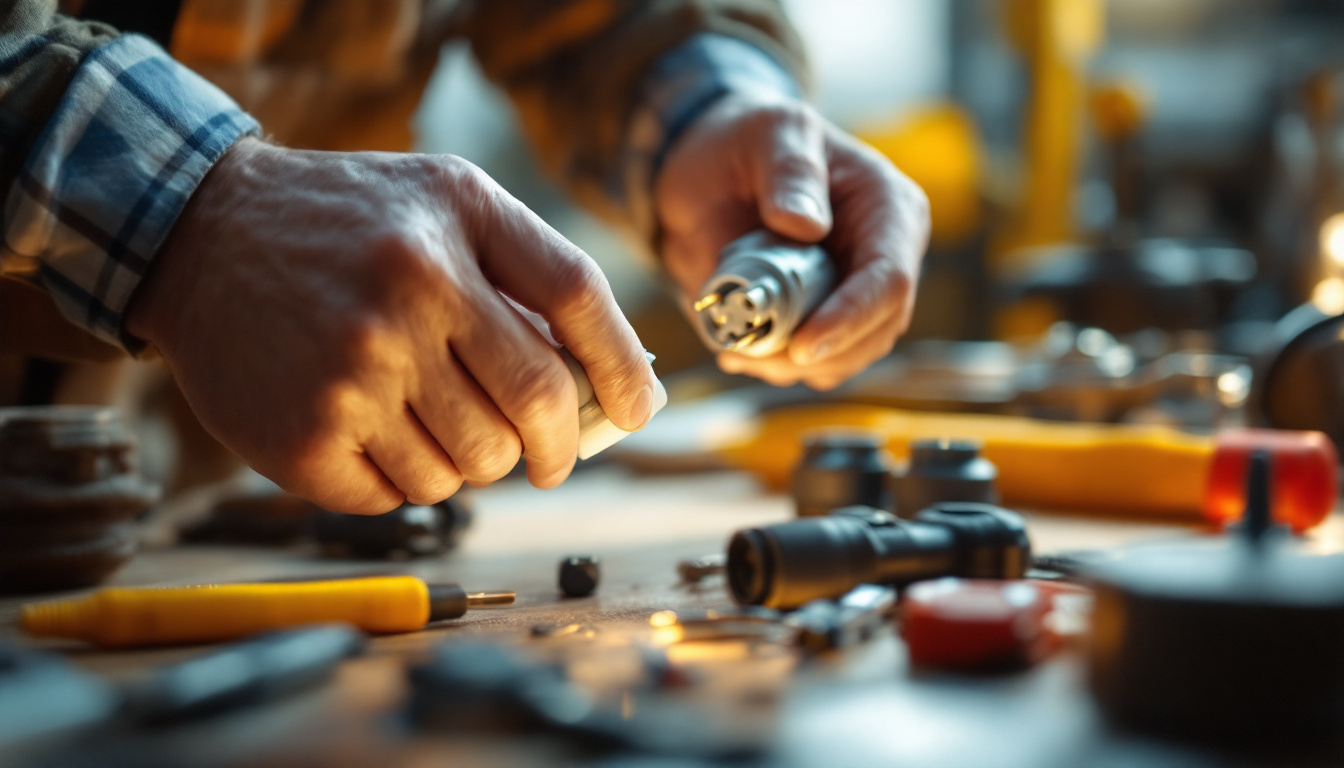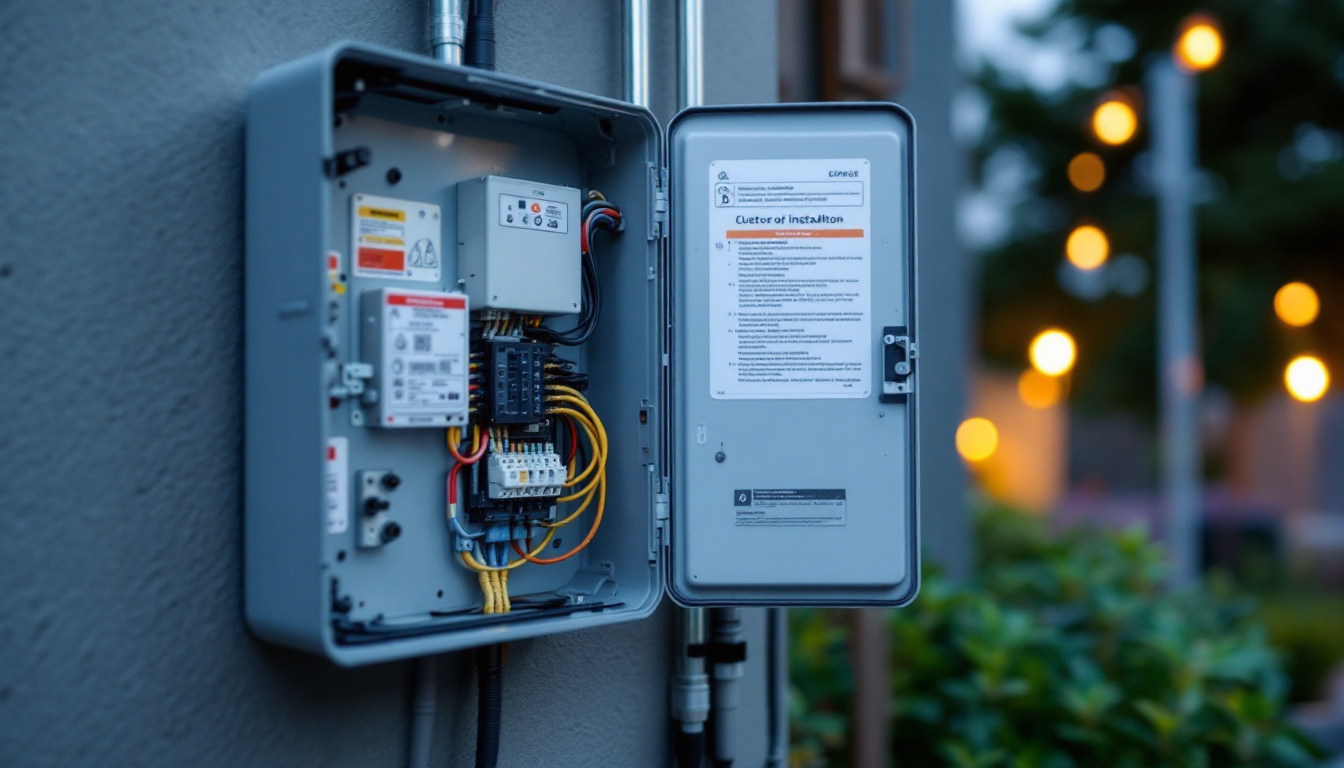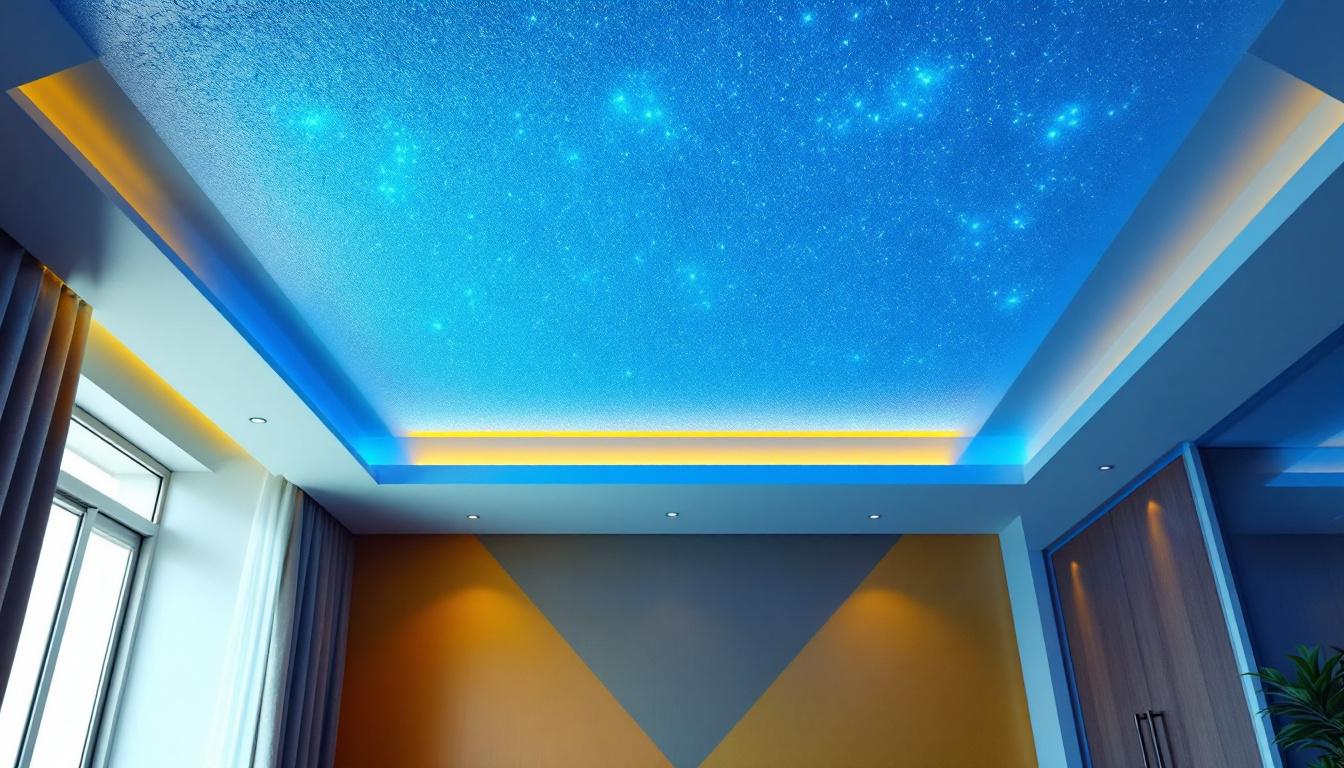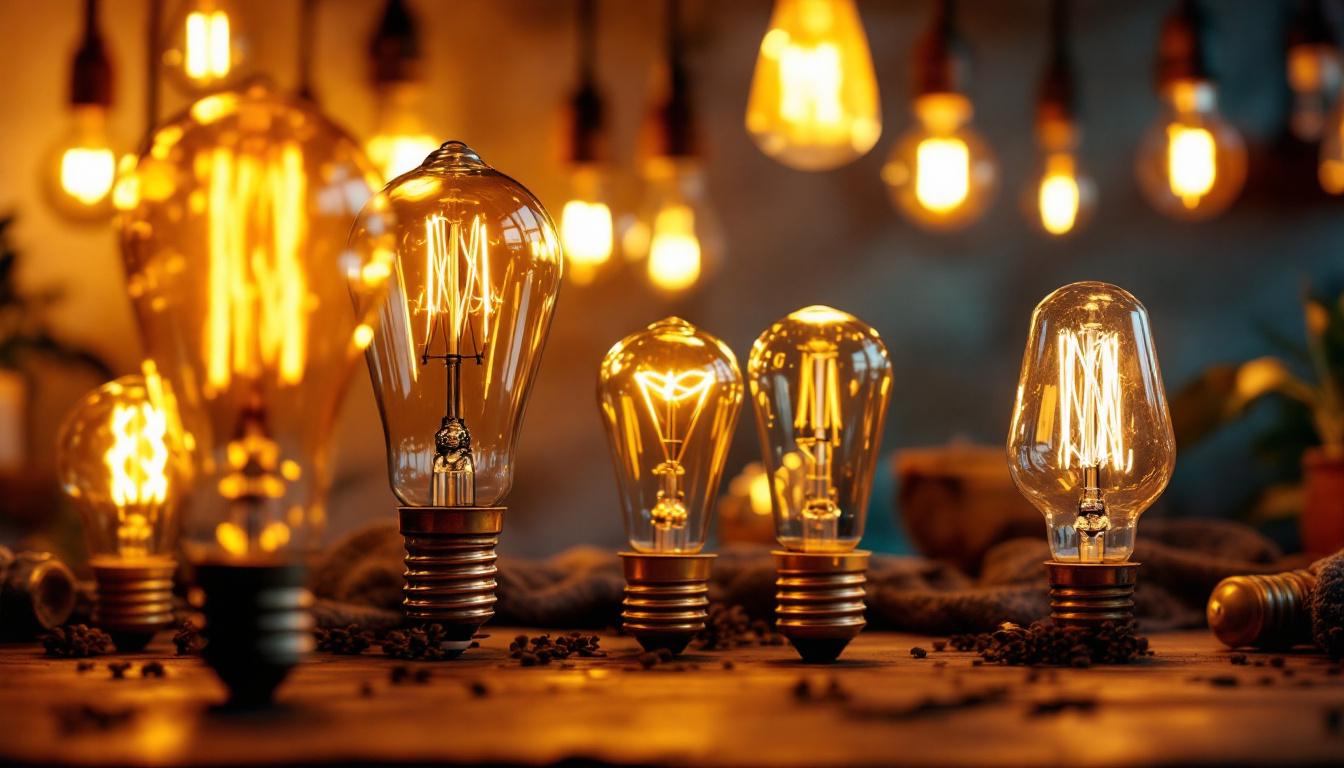
In the world of electrical installations, lighting plugs and sockets play a crucial role in ensuring that lighting systems function effectively and safely. For lighting contractors, understanding the various components and their specifications is essential for delivering high-quality installations. This checklist serves as a comprehensive guide to help lighting contractors navigate the complexities of lighting plugs and sockets.
From selecting the right materials to adhering to safety standards, this article will cover the essential elements that every lighting contractor should consider. Whether working on residential, commercial, or industrial projects, having a thorough understanding of lighting plugs and sockets is vital for success.
Lighting plugs and sockets come in various designs and configurations, each tailored to specific applications and environments. For instance, in commercial settings, where lighting may be subjected to frequent use and varying load demands, it is critical to choose robust connectors that can withstand the rigors of daily operation. Additionally, understanding the differences between standard and specialized sockets, such as those designed for outdoor or damp environments, can significantly enhance the longevity and reliability of the lighting systems being installed.
Moreover, the evolution of smart lighting technology has introduced new considerations for lighting plugs and sockets. With the rise of IoT-enabled devices, contractors must now be familiar with smart plugs that allow for remote control and automation of lighting systems. This not only adds convenience for end-users but also opens up opportunities for energy efficiency and cost savings. As such, lighting contractors should stay updated on the latest advancements in plug and socket technology to ensure they are providing the most innovative solutions to their clients.
Before diving into the checklist, it is important to grasp the fundamental concepts of lighting plugs and sockets. These components are designed to connect lighting fixtures to the electrical supply, allowing for easy installation and maintenance. The proper selection of plugs and sockets not only enhances the functionality of your lighting systems but also ensures safety and compliance with electrical standards.
Lighting plugs come in various types, each designed for specific applications. Common types include standard plugs, locking plugs, and weatherproof plugs. Understanding the differences between these types is essential for selecting the right plug for a specific job.
Standard plugs are typically used in residential settings, while locking plugs provide a secure connection in commercial environments where vibrations may occur. Weatherproof plugs are ideal for outdoor applications, ensuring that the electrical connections remain safe and functional in various weather conditions. Additionally, some plugs are designed with built-in fuses or circuit breakers, offering an extra layer of protection against electrical faults, which is particularly beneficial in high-usage areas.
Similar to plugs, lighting sockets also vary in type. The most common types include screw sockets, bayonet sockets, and GU10 sockets. Each type has its own advantages and is suited for different lighting fixtures.
Screw sockets are widely used due to their simplicity and reliability, while bayonet sockets offer a quick and secure connection. GU10 sockets are popular in spotlight applications, providing a twist-and-lock mechanism that ensures a stable connection. Furthermore, there are also specialized sockets designed for energy-efficient bulbs, such as LED and CFL, which can help reduce energy consumption and prolong the lifespan of the lighting fixtures. Understanding the compatibility of your lighting fixtures with the appropriate socket type is crucial for maximizing performance and achieving the desired lighting effect in any space.
When selecting lighting plugs and sockets, several components must be considered to ensure optimal performance and safety. This section outlines the key components that should be part of every lighting contractor’s checklist.
The quality of materials used in plugs and sockets directly impacts their durability and safety. High-quality materials, such as thermoplastics and metals, should be prioritized to withstand wear and tear over time.
Additionally, components should be resistant to heat and corrosion, especially in environments where moisture is present. Investing in high-quality materials can prevent future issues and reduce maintenance costs. Furthermore, the choice of materials can also influence the aesthetic appeal of the installations. For instance, sleek, modern finishes can enhance the overall look of a space, making it not only functional but also visually appealing. This is particularly important in settings such as restaurants or retail spaces, where ambiance plays a crucial role in customer experience.
Understanding the electrical ratings of plugs and sockets is crucial for ensuring that they can handle the load of the lighting fixtures. Each component will have a specified voltage and current rating, which must be adhered to in order to prevent overheating and potential hazards.
It is important to match the electrical ratings of the plugs and sockets with the requirements of the lighting fixtures being used. This ensures a safe and efficient electrical connection, minimizing the risk of electrical failures. Additionally, awareness of the power factor and efficiency ratings can further enhance performance. A higher power factor indicates that the electrical system is using energy more effectively, which can lead to lower energy bills and a reduced environmental footprint. This is an essential consideration for both residential and commercial projects aiming for sustainability.
Safety features are paramount when it comes to lighting plugs and sockets. Look for components that include built-in safety mechanisms, such as fuses or circuit breakers, which can protect against overloads and short circuits.
In addition, consider the design of the plugs and sockets. Features such as childproofing and weather resistance can enhance safety, particularly in residential settings or outdoor applications. Moreover, the incorporation of LED indicators can provide visual confirmation that the socket is energized, adding an extra layer of safety for users. This is especially beneficial in dark or poorly lit areas, where visibility may be compromised. Furthermore, ensuring that the components comply with international safety standards can provide peace of mind, knowing that they have been rigorously tested for reliability and safety in various conditions.
Proper installation of lighting plugs and sockets is fundamental to ensuring functionality and safety. This section outlines best practices that every lighting contractor should follow.
Before installation begins, a detailed plan should be created outlining the layout of the lighting fixtures, plugs, and sockets. This plan should take into account the electrical load, accessibility, and aesthetic considerations.
By carefully planning the layout, contractors can ensure that the installation is efficient and meets the needs of the client. This step also helps to identify potential issues before they arise, saving time and resources during the installation process.
Adhering to local electrical codes and regulations is non-negotiable for lighting contractors. These codes are designed to ensure safety and reliability in electrical installations.
Contractors should familiarize themselves with the relevant codes in their area and ensure that all installations comply with these standards. This not only protects the contractor from legal issues but also ensures the safety of the end-users.
Once the installation is complete, thorough testing is essential to verify that all plugs and sockets are functioning correctly. This includes checking for proper electrical connections, ensuring that safety features are operational, and confirming that the lighting fixtures are working as intended.
Documenting the testing process can provide valuable information for future maintenance and can serve as proof of compliance with safety standards.
Regular maintenance and troubleshooting are key to ensuring the longevity of lighting plugs and sockets. This section provides insights into effective maintenance practices and common troubleshooting techniques.
Conducting regular inspections of lighting plugs and sockets can help identify potential issues before they escalate. Contractors should check for signs of wear, corrosion, or damage, and replace any components that show signs of deterioration.
In addition, contractors should ensure that all connections are secure and that there are no loose wires, which can lead to electrical failures or hazards.
Even with proper installation and maintenance, issues may arise with lighting plugs and sockets. Common problems include flickering lights, tripped circuit breakers, and non-functioning fixtures.
When troubleshooting these issues, contractors should start by checking the electrical connections and ensuring that the correct voltage is being supplied. If problems persist, further investigation may be needed to identify underlying issues, such as faulty wiring or damaged components.
With a myriad of options available in the market, selecting the right lighting plugs and sockets can be overwhelming. This section aims to simplify the decision-making process for lighting contractors.
When choosing lighting plugs and sockets, it is important to consider the reputation of the brand. Established brands often have a track record of quality and reliability, which can provide peace of mind for contractors.
Researching customer reviews and seeking recommendations from peers can also aid in identifying reputable brands that offer high-quality products.
While it may be tempting to opt for the cheapest options available, contractors should weigh the cost against the quality of the products. Investing in high-quality plugs and sockets can lead to long-term savings by reducing the need for repairs and replacements.
Ultimately, the goal should be to find a balance between affordability and quality, ensuring that the selected products meet the necessary safety and performance standards.
In conclusion, lighting plugs and sockets are integral components of any lighting installation. By following this comprehensive checklist, lighting contractors can ensure that their installations are safe, efficient, and durable.
From understanding the basics of plugs and sockets to adhering to best practices during installation and maintenance, this guide serves as a valuable resource for lighting contractors. By prioritizing quality, safety, and compliance with regulations, contractors can enhance their reputation and deliver exceptional results to their clients.
As the lighting industry continues to evolve, staying informed about new technologies and products will further empower contractors to excel in their field. Embracing these principles will not only benefit their projects but also contribute to the overall advancement of the lighting industry.
Ready to elevate your lighting installations with the highest quality plugs and sockets? Look no further than LumenWholesale for all your lighting needs. Our spec-grade lighting products are designed to meet the rigorous demands of any project, ensuring you deliver safe, efficient, and durable installations every time. With unbeatable wholesale prices and the convenience of free shipping on bulk orders, you can trust LumenWholesale to provide the best value without any hidden fees. Don’t compromise on quality or cost—choose LumenWholesale for a seamless purchasing experience. Visit us today at Wholesale Lighting at the Best Value and take the first step towards enhancing your lighting projects.

Discover the essential aspects of Par lamps that lighting contractors frequently miss.

Discover the ultimate checklist for lighting professionals to ensure safe and efficient installation of electrical boxes outdoors.

Discover the true cost of drop-down ceilings and why understanding these expenses is crucial for lighting contractors.

Discover the essential guide for lighting contractors on old style light bulbs.